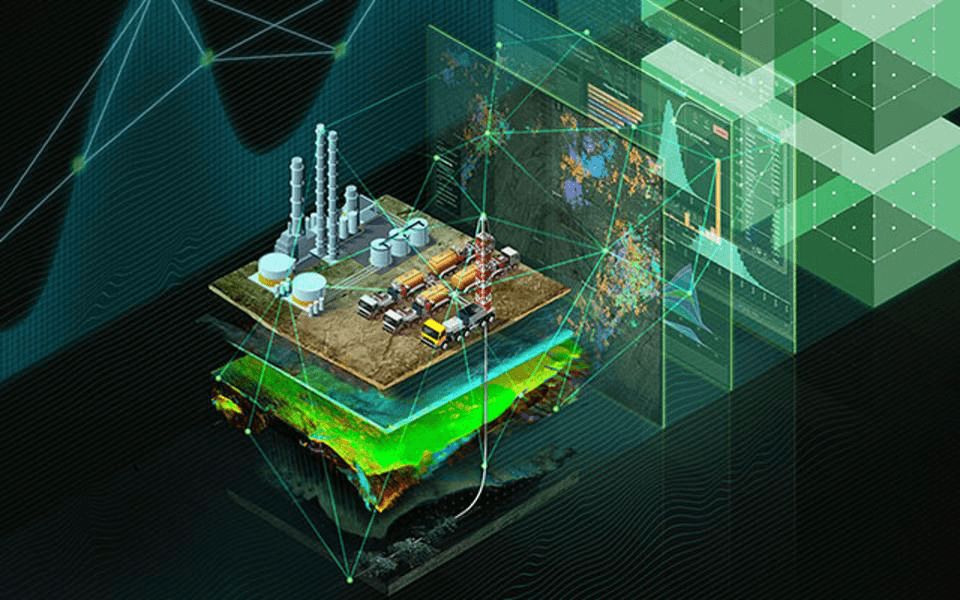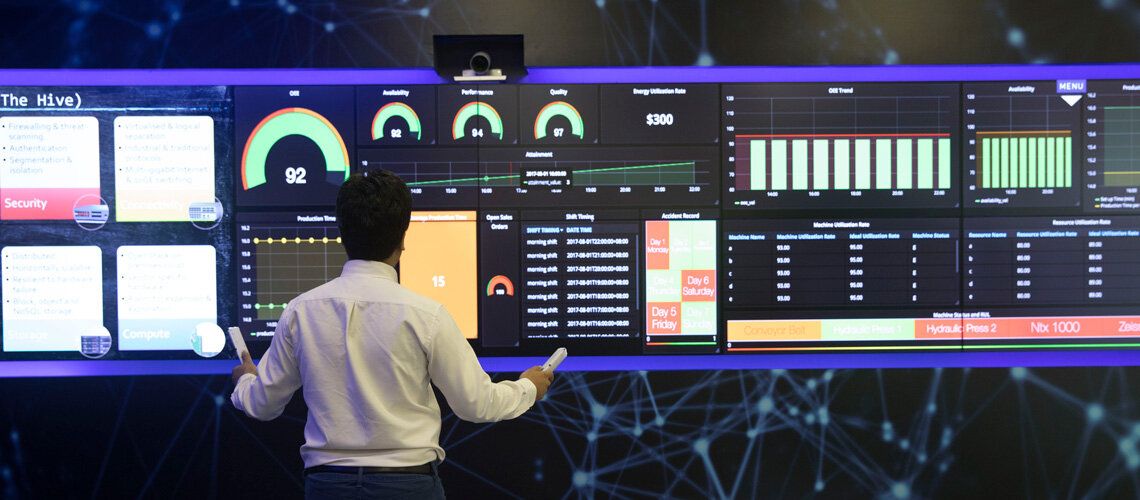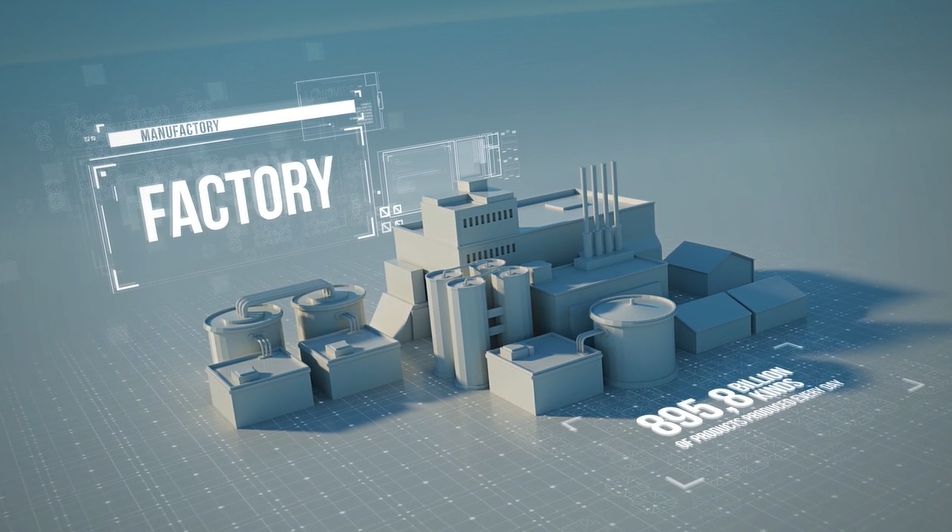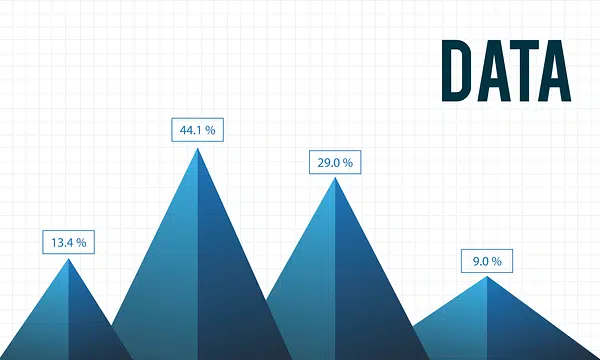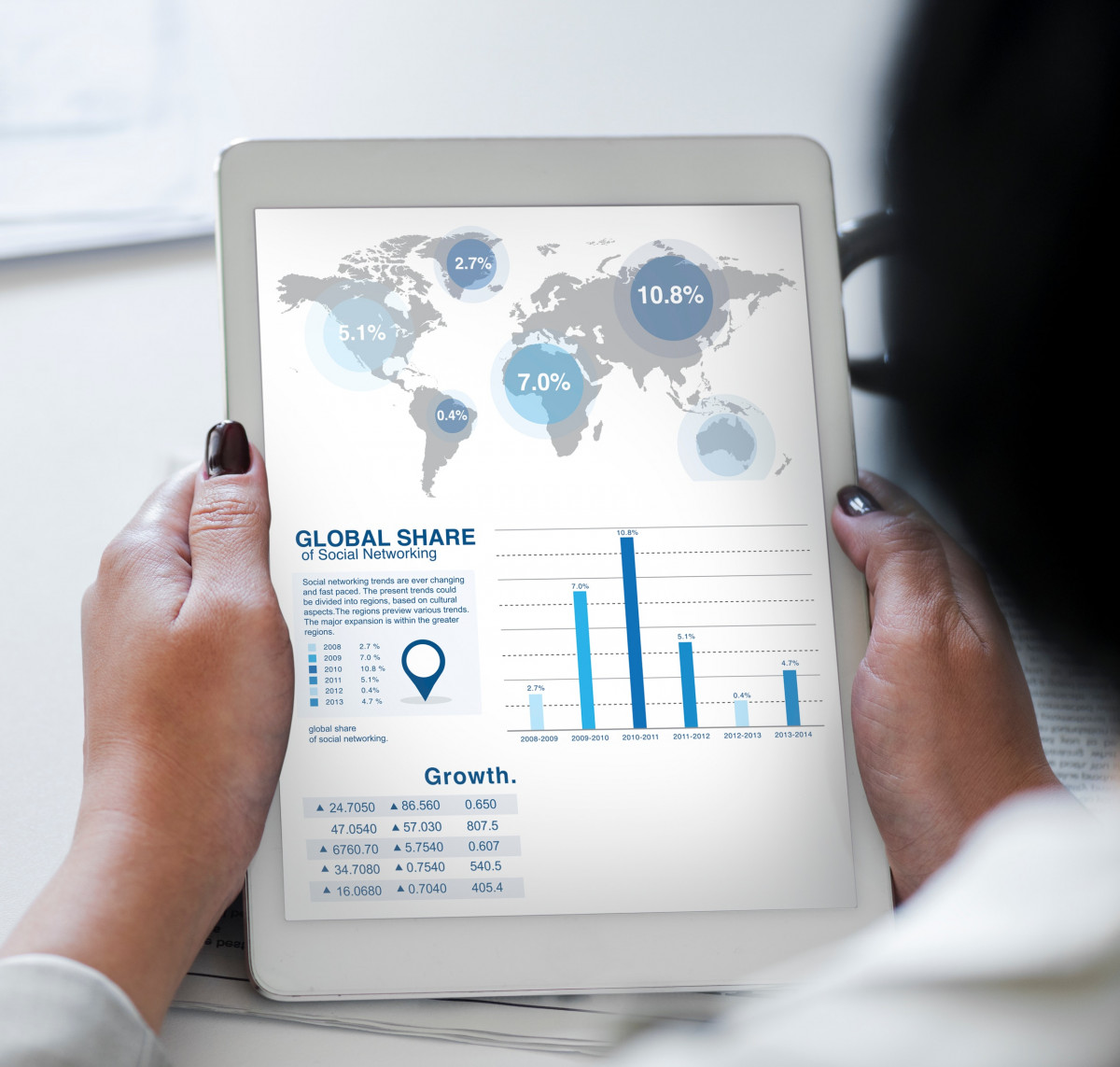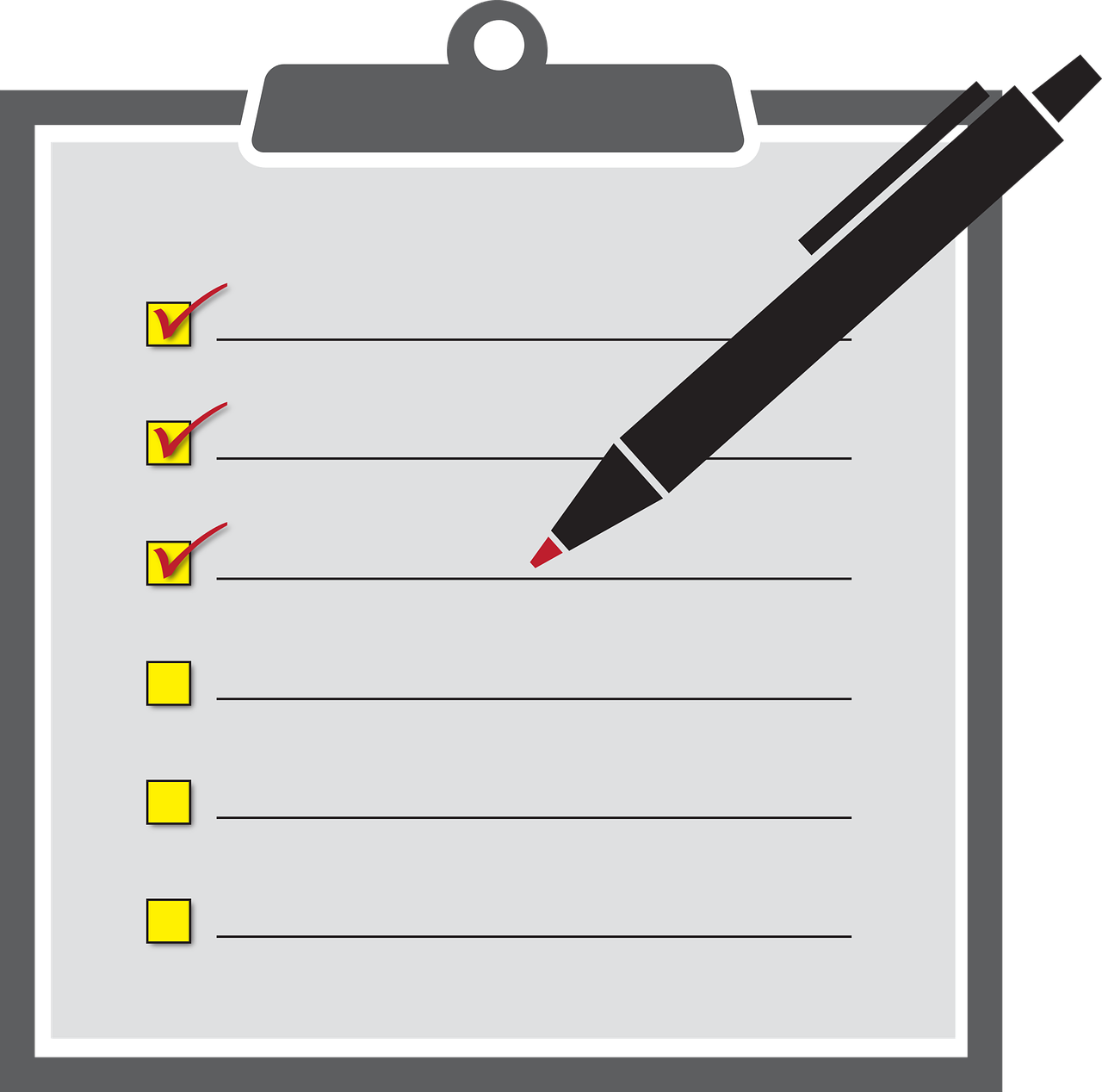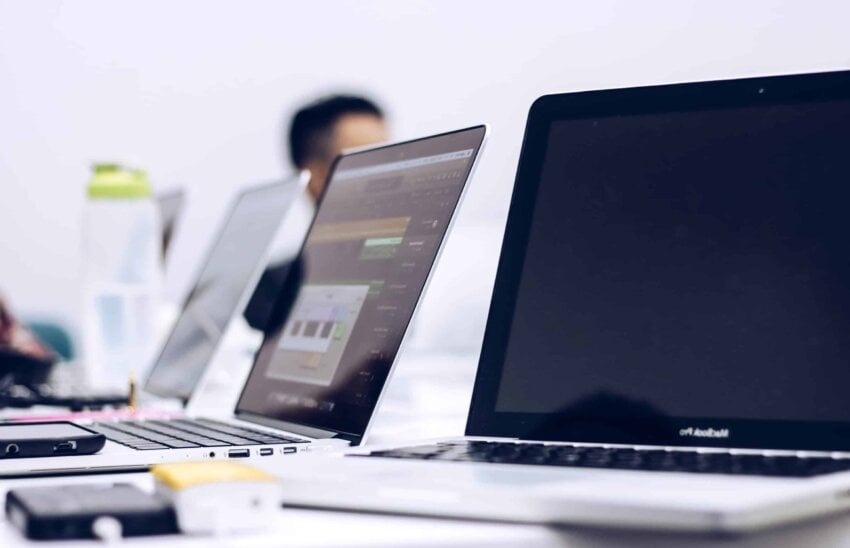The convergence of the physical and digital worlds is rapidly reshaping industries, from manufacturing to healthcare, city planning to aerospace. At the heart of this profound transformation lies Digital Twin modeling, a revolutionary concept that involves creating a precise virtual replica of a physical object, system, or process. More than just a 3D model, a Digital Twin is a dynamic, living counterpart that receives real-time data from its physical twin, allowing for continuous monitoring, advanced simulation, predictive analytics, and proactive optimization. This powerful technology offers an unprecedented level of insight and control, enabling businesses to unlock unparalleled efficiencies, enhance performance, predict failures, and drive innovation with the immense power of virtual replicas.
The Evolution of Digital Representation: From CAD to Digital Twins
To fully appreciate the groundbreaking nature of Digital Twin technology, it’s crucial to understand its lineage within the broader history of digital representation and simulation. It’s a journey from static drawings to dynamic, interconnected systems.
A. Early Digital Design: CAD and 3D Models
The earliest forms of digital representation began with Computer-Aided Design (CAD). This marked a significant leap from manual drafting but was still largely static.
- 2D CAD: Initial CAD systems allowed engineers to create precise two-dimensional drawings electronically. This vastly improved efficiency over manual drafting, enabling easier modifications and storage.
- 3D Modeling: As computing power increased, 3D CAD emerged, allowing for the creation of three-dimensional representations of objects. These models could be rotated, viewed from different angles, and used for basic simulations like stress analysis. However, they remained largely static representations of a design.
- Limitations of Traditional Models: While invaluable for design and visualization, these models were disconnected from the real-world performance of the physical object. They couldn’t react to environmental changes, predict maintenance needs, or simulate real-time operational scenarios without manual input and complex, often offline, computational fluid dynamics (CFD) or finite element analysis (FEA). Any changes in the physical world were not reflected in the digital model automatically.
B. The Rise of Simulation and Data-Driven Insights
The next step involved integrating data and more advanced simulation capabilities, moving towards a more dynamic understanding of physical assets.
- Physics-Based Simulations: Specialized software allowed for complex physics-based simulations (e.g., fluid flow, thermal dynamics, structural integrity) using the 3D models. These simulations provided deeper insights into how a product might perform under various conditions.
- Early Sensor Data Integration: The proliferation of sensors allowed for some real-time data collection from physical assets. This data could be fed into analytics systems to monitor performance. However, the connection between the real-time sensor data and the design/simulation models was often manual, disjointed, and not bi-directional.
- Predictive Maintenance (Rule-Based): Initial attempts at predictive maintenance relied on thresholds and rule-based systems. If a sensor reading exceeded a certain limit, an alert would be triggered. This was an improvement but lacked the nuance and predictive power of more sophisticated models.
C. The Advent of the Digital Twin: A Living Link
The concept of the Digital Twin, first formally introduced by Dr. Michael Grieves in 2002, truly revolutionized this landscape. It proposes a holistic, bi-directional connection between the physical and digital.
- Real-time Bi-directional Linkage: This is the defining characteristic. A Digital Twin isn’t just a static model; it’s constantly updated with real-time data from sensors attached to its physical counterpart. Crucially, in advanced implementations, insights or commands from the Digital Twin can also be sent back to influence the physical object.
- Multi-Faceted Representation: A Digital Twin often encompasses not just the geometry but also the behavioral models, operational data, maintenance history, environmental conditions, and even business context of its physical twin. It’s a comprehensive digital representation.
- Continuous Lifecycle Integration: Unlike one-off simulations, a Digital Twin exists throughout the entire lifecycle of the physical asset—from design and manufacturing to operation, maintenance, and eventual decommissioning. It evolves with its physical counterpart.
- Enabling Predictive and Prescriptive Analytics: The real-time data flow and comprehensive modeling allow for advanced analytics. This moves beyond simply monitoring (descriptive) or predicting (predictive) to recommending specific actions (prescriptive) to optimize performance or prevent issues.
This continuous, living connection between the physical and digital realms is what unlocks the unprecedented power and potential of Digital Twins across various industries.
Core Components and Characteristics of a Digital Twin
A fully realized Digital Twin is a sophisticated construct, comprising several key components that enable its dynamic functionality and deep insights.
A. The Physical Product/System
This is the tangible asset in the real world that the Digital Twin represents. It could be anything from a single pump in a factory to an entire smart city, an aircraft engine, or even a human organ. The physical asset is equipped with an array of sensors.
B. Sensors and Data Acquisition
Critical to the Digital Twin’s real-time nature are the sensors embedded in or around the physical asset. These sensors collect various types of data, including:
- Performance Data: Temperature, pressure, vibration, current, voltage, speed, flow rates.
- Environmental Data: Humidity, light, air quality, external temperature.
- Positional Data: GPS, inertial measurement units (IMUs).
- Operational Data: Usage patterns, cycle counts, runtimes.
This raw data is then transmitted to the digital model, often via IoT platforms and secure communication networks.
C. The Digital Model (Virtual Representation)
This is the heart of the Digital Twin. It’s a sophisticated virtual construct that mirrors its physical counterpart in the digital realm. This model often includes:
- Geometric Models: Detailed 3D CAD models of the physical asset’s structure.
- Physics-Based Models: Simulations that replicate the physical behavior of the asset (e.g., fluid dynamics, thermodynamics, structural mechanics).
- Behavioral Models: Models that describe how the asset responds to different inputs or conditions.
- Historical Data: Past performance data, maintenance records, and operational logs.
- Machine Learning Models: Algorithms that learn from historical and real-time data to predict future behavior, identify anomalies, or optimize operations.
D. Data Communication and Integration Platform
A robust platform is necessary to facilitate the continuous, bi-directional flow of data between the physical and digital twins. This typically involves:
- IoT Connectivity: Securely ingesting vast amounts of sensor data from the physical asset.
- Cloud Infrastructure: Leveraging scalable cloud platforms (AWS, Azure, Google Cloud) for data storage, processing, and hosting the digital model.
- Data Analytics Pipelines: Streaming and batch processing capabilities to transform raw sensor data into actionable insights.
- APIs: Enabling programmatic access and integration with other enterprise systems (e.g., ERP, CRM, CMMS).
E. Analytics, Simulation, and Visualization Engines
These are the intelligence layers that process the data and derive value from the Digital Twin:
- Real-time Monitoring Dashboards: Visualizing current operational status, key performance indicators (KPIs), and alerts.
- Predictive Analytics: Using ML models to forecast potential failures, predict remaining useful life (RUL), or anticipate performance degradation.
- Prescriptive Analytics: Recommending specific actions or interventions to optimize performance, prevent downtime, or improve efficiency.
- Simulation Capabilities: Running ‘what-if’ scenarios, testing design changes virtually, or simulating new operational procedures without impacting the physical asset.
- Augmented Reality (AR) / Virtual Reality (VR) Integration: Immersive visualization of the Digital Twin, allowing users to interact with the virtual model in a highly intuitive way, or overlaying digital information onto the physical asset.
These interconnected components work in synergy to create a comprehensive, living digital replica that provides unprecedented insights and control over physical assets.
Transformative Advantages of Digital Twin Modeling
The adoption of Digital Twin technology is more than just a technological upgrade; it’s a strategic shift that unlocks a multitude of profound benefits across various industries, fundamentally changing how products are designed, manufactured, operated, and maintained.
A. Enhanced Operational Efficiency and Optimization
Digital Twins provide real-time insights into the performance of physical assets, enabling continuous optimization of operations.
- Real-time Performance Monitoring: Constant data streams allow operators to monitor critical parameters in real time, quickly identify deviations, and understand the current state of an asset.
- Proactive Problem Identification: By analyzing real-time data against historical performance and predictive models, Digital Twins can identify potential issues or inefficiencies before they escalate into failures or significant problems.
- Resource Optimization: Simulations and analytics can reveal opportunities to optimize resource consumption (e.g., energy, fuel, raw materials), streamline processes, and improve throughput, leading to significant cost savings.
- Process Optimization: For complex processes (e.g., manufacturing lines, supply chains), Digital Twins can simulate different operational parameters to identify the most efficient configurations, reducing bottlenecks and improving overall flow.
B. Predictive Maintenance and Reduced Downtime
One of the most impactful applications of Digital Twin technology is its ability to revolutionize maintenance strategies, moving from reactive or preventative to truly predictive and prescriptive.
- Accurate Failure Prediction: Machine learning models within the Digital Twin learn from historical failure data and real-time sensor readings to accurately predict when a component is likely to fail. This enables just-in-time maintenance.
- Optimized Maintenance Schedules: Instead of fixed, time-based maintenance (which can be too early or too late), Digital Twins allow for condition-based maintenance, scheduling interventions only when truly needed, extending asset lifespan and reducing unnecessary maintenance costs.
- Minimized Unplanned Downtime: By predicting failures before they occur, organizations can schedule maintenance proactively, avoiding costly unplanned downtime and production stoppages, ensuring higher asset availability.
- Reduced Spare Parts Inventory: More accurate predictions of component wear and failure allow for optimized spare parts inventory management, reducing carrying costs.
C. Accelerated Product Design and Development
Digital Twins are invaluable throughout the entire product lifecycle, significantly accelerating the design and development phases.
- Virtual Prototyping and Testing: Designers can create a Digital Twin of a product before building any physical prototypes. This virtual model can be rigorously tested under various simulated conditions, allowing for rapid iteration and identification of design flaws early in the process, saving immense costs and time.
- ‘What-If’ Scenario Analysis: Engineers can run countless ‘what-if’ scenarios on the Digital Twin, exploring the impact of design changes, material substitutions, or operational variations without the need for expensive physical experiments.
- Performance Validation: The Digital Twin can be used to validate performance against design specifications, ensuring the physical product will meet its intended capabilities before manufacturing begins.
- Reduced Time-to-Market: By streamlining prototyping, testing, and validation, Digital Twins drastically cut down the product development cycle, allowing companies to bring new innovations to market much faster than competitors.
D. Enhanced Product Quality and Reliability
The insights provided by Digital Twins directly contribute to higher quality products and improved long-term reliability.
- Defect Prediction: By analyzing manufacturing process data and sensor readings, a Digital Twin can predict potential defects or quality issues in real-time during production, allowing for immediate corrective action.
- Optimized Manufacturing Processes: Simulations on the Digital Twin can optimize manufacturing parameters (e.g., temperature, pressure, speed) to achieve the highest quality output with minimal variation.
- Long-Term Performance Monitoring: Post-deployment, the Digital Twin continues to monitor the product’s performance in real-world conditions, providing valuable data for future design improvements and identifying reliability trends.
- Remote Diagnostics: Engineers can use the Digital Twin to remotely diagnose issues in physical assets, sometimes even before a technician is dispatched, improving first-time fix rates and reducing diagnostic time.
E. Improved Risk Management and Safety
By providing deep insights and predictive capabilities, Digital Twins play a crucial role in enhancing safety and mitigating risks.
- Hazard Prediction: In complex systems (e.g., power plants, chemical factories), Digital Twins can simulate potential failure modes and predict hazardous conditions, allowing operators to take preventative action.
- Training and Simulation: Digital Twins provide realistic simulation environments for training operators and emergency responders, allowing them to practice complex procedures or emergency scenarios without risk to physical assets or personnel.
- Structural Health Monitoring: For infrastructure like bridges or buildings, Digital Twins can continuously monitor structural integrity, predicting stress points or potential failures, informing timely repairs and preventing catastrophic events.
- Compliance Assurance: By continuously monitoring performance and generating audit trails, Digital Twins can help organizations demonstrate adherence to regulatory compliance and safety standards.
Key Industries and Promising Use Cases for Digital Twins
Digital Twin technology is incredibly versatile, finding transformative applications across a wide array of industries, each leveraging its unique capabilities for distinct benefits.
A. Manufacturing and Industrial Operations
This is arguably the pioneering sector for Digital Twin adoption, focusing on optimizing production lines, individual machines, and entire factories.
- Predictive Maintenance for Machinery: Monitoring industrial pumps, turbines, robotic arms, and CNC machines to predict failures and schedule maintenance precisely.
- Production Line Optimization: Simulating changes to factory layouts, conveyor speeds, or robotic paths to maximize throughput and minimize bottlenecks.
- Quality Control and Defect Reduction: Monitoring manufacturing processes in real-time to identify anomalies that indicate potential product defects, enabling immediate correction.
- Asset Performance Management: Gaining a holistic view of asset health and performance across an entire fleet of industrial equipment.
B. Aerospace and Defense
High-value, long-lifespan assets like aircraft and spacecraft are ideal candidates for Digital Twins.
- Aircraft Engine Monitoring: Real-time tracking of engine performance, predicting component wear, and optimizing flight paths for fuel efficiency and reduced maintenance.
- Predictive Maintenance for Aircraft Fleets: Managing maintenance schedules for entire fleets based on actual usage and condition, extending flight times and reducing ground time.
- Spacecraft Performance Optimization: Monitoring telemetry from satellites or deep-space probes, simulating orbital maneuvers, and diagnosing issues remotely.
- Design and Testing of New Aircraft: Virtually prototyping and testing new aircraft designs under extreme conditions, drastically reducing the need for expensive physical prototypes.
C. Automotive and Autonomous Vehicles
The automotive industry uses Digital Twins from design to after-sales service, particularly for complex vehicles and autonomous systems.
- Vehicle Performance Monitoring: Tracking individual vehicle health, tire wear, battery degradation (for EVs), and predicting service needs.
- Autonomous Vehicle Simulation: Creating highly realistic Digital Twins of road networks and traffic scenarios to test autonomous driving algorithms in a safe, virtual environment, reducing costly and risky real-world testing.
- Manufacturing Plant Optimization: Simulating car assembly lines to improve efficiency, reduce waste, and optimize robot movements.
- Connected Car Ecosystems: Using Digital Twins to manage and optimize fleets of connected vehicles, supporting services like ride-sharing, logistics, and smart city integration.
D. Healthcare and Life Sciences
Digital Twins are emerging as a powerful tool in healthcare, offering personalized medicine and optimized healthcare operations.
- ‘Digital Twin of a Human’: Creating virtual models of individual patients based on their genomics, lifestyle, medical history, and real-time biometric data (from wearables). This enables personalized drug dosages, proactive health interventions, and tailored treatment plans.
- Hospital Operations Optimization: Simulating patient flow, resource allocation (beds, staff), and equipment utilization within a hospital to improve efficiency and patient care.
- Drug Discovery and Development: Simulating drug interactions with virtual models of cells or organs to accelerate drug discovery and reduce the need for animal testing.
- Medical Device Performance: Monitoring and predicting the performance of implanted medical devices (e.g., pacemakers, prosthetics) to ensure safety and inform maintenance.
E. Smart Cities and Urban Planning
Digital Twins are becoming indispensable for designing, managing, and optimizing urban environments.
- Urban Planning and Development: Creating Digital Twins of entire cities or districts to simulate the impact of new construction projects, traffic flow changes, energy consumption, and environmental factors before physical implementation.
- Infrastructure Management: Monitoring the health and performance of critical infrastructure like bridges, roads, power grids, and water systems to predict maintenance needs and prevent failures.
- Traffic Management: Simulating traffic patterns in real-time to optimize traffic light timings, reduce congestion, and improve public transportation efficiency.
- Energy Optimization: Monitoring building energy consumption across a city and simulating scenarios to optimize energy distribution and reduce waste.
Implementing Digital Twin Solutions: A Strategic Roadmap
Deploying effective Digital Twin solutions requires a strategic roadmap, considering technological capabilities, organizational readiness, and a clear vision for value creation.
A. Define Clear Business Objectives and Scope
Before embarking on a Digital Twin initiative, it is paramount to clearly define the specific business problems you aim to solve and the expected value. Avoid starting with a technology-first approach. Focus on questions like:
- Are we trying to reduce unplanned downtime?
- Optimize energy consumption?
- Accelerate product development cycles?
- Improve customer service through remote diagnostics? A well-defined scope (e.g., starting with a single critical asset rather than an entire factory) is crucial for initial success and demonstrating ROI.
B. Identify and Integrate Data Sources
Data is the lifeblood of a Digital Twin. The next step involves meticulously identifying all relevant data sources from the physical asset. This includes:
- Sensor Data: From IoT devices embedded in the asset.
- Operational Data: From SCADA systems, manufacturing execution systems (MES), or enterprise resource planning (ERP) systems.
- Historical Data: Maintenance logs, failure records, design specifications, and environmental conditions.
- External Data: Weather data, market prices, supply chain information, etc. Establishing robust, secure, and scalable data ingestion pipelines (often leveraging IoT platforms and cloud services) is critical for feeding real-time information to the digital model.
C. Develop the Digital Model and Simulation Capabilities
This is the core technical phase, focusing on building the virtual replica.
- Geometric Modeling: Create accurate 3D models using CAD/BIM data.
- Behavioral and Physics Models: Develop mathematical and computational models that accurately simulate the physical behavior of the asset under various conditions. This often requires deep domain expertise.
- Machine Learning Integration: Train ML models using historical data to predict future states, detect anomalies, or optimize control parameters. These models will continuously learn from new real-time data.
- Choose a Digital Twin Platform: Select a suitable cloud-based Digital Twin platform or develop a custom solution. Major cloud providers (e.g., AWS IoT TwinMaker, Azure Digital Twins, Google Cloud IoT) offer services to simplify this process.
D. Implement Bi-directional Communication and Control
The power of a Digital Twin comes from its two-way street. Ensure robust bi-directional communication capabilities:
- Real-time Data Ingestion: Maintain a continuous, low-latency flow of sensor data from the physical twin to the digital twin.
- Actionable Insights to Physical Twin: Design mechanisms for insights or commands derived from the Digital Twin to be sent back and influence the physical asset (e.g., adjusting a motor speed, triggering a maintenance alert on a machine’s HMI). This requires careful consideration of security and safety protocols.
E. Develop Visualization and User Interface (UI)
For stakeholders to derive value, the Digital Twin’s insights must be easily accessible and understandable.
- Interactive Dashboards: Create intuitive dashboards that display real-time KPIs, historical trends, alerts, and predictive insights.
- 3D Visualization: Allow users to explore the 3D model of the asset, overlaying real-time data onto its virtual representation.
- AR/VR Integration: For highly immersive experiences, consider integrating Augmented Reality (AR) to overlay digital twin data onto the physical asset in the real world, or Virtual Reality (VR) for detailed remote inspections and simulations.
F. Establish Robust Security and Governance
Given the sensitive nature of operational data and the potential for real-world impact, security and governance are paramount.
- Data Security: Implement end-to-end encryption for data at rest and in transit.
- Access Control: Use granular Identity and Access Management (IAM) to control who can view or interact with the Digital Twin and its associated physical asset.
- Cybersecurity: Protect the entire Digital Twin ecosystem (sensors, IoT platforms, cloud infrastructure, applications) from cyber threats.
- Data Governance: Define clear policies for data ownership, privacy, quality, and retention, ensuring compliance with relevant regulations (e.g., GDPR, HIPAA).
G. Foster Cross-Functional Collaboration and Skill Development
Digital Twin initiatives are inherently cross-functional. They require collaboration between IT, operations, engineering, data science, and business units. Invest in upskilling your workforce in areas like IoT, cloud computing, data analytics, machine learning, and Digital Twin platforms. This interdisciplinary approach is vital for successful implementation and ongoing value extraction.
H. Continuous Monitoring, Iteration, and Optimization
A Digital Twin is a living entity; it’s not a one-time deployment. Implement continuous monitoring of the twin itself, its data pipelines, and the insights it generates. Regularly collect feedback from users, refine the models, add new sensor data, and optimize the solution based on real-world performance and evolving business needs. This iterative approach ensures the Digital Twin remains valuable and relevant over the asset’s lifecycle.
The Future Trajectory of Digital Twin Modeling
Digital Twin technology is still in its relatively early stages of widespread adoption, but its future promises even more profound and transformative impacts across an expanding array of applications.
A. Democratization and Accessibility
Currently, developing comprehensive Digital Twins can be complex and costly. The future will see greater democratization and accessibility of Digital Twin technology through:
- No-Code/Low-Code Platforms: Simplifying the creation and management of Digital Twins, making them accessible to a broader range of users without deep programming expertise.
- Standardization: Developing industry standards for data models, communication protocols, and interoperability between different Digital Twin platforms, reducing vendor lock-in.
- Pre-built Templates and Industry Solutions: Cloud providers and specialized vendors will offer more off-the-shelf Digital Twin templates for common assets (e.g., specific types of industrial pumps, standard HVAC systems), accelerating deployment.
B. Greater Integration of AI and Machine Learning
The intelligence of Digital Twins will be significantly enhanced by deeper integration of advanced AI and Machine Learning. This includes:
- Reinforcement Learning: Digital Twins being used as environments for training AI agents that then optimize the physical asset autonomously.
- Generative AI: Using AI to generate complex simulations, predict scenarios, or even co-design future iterations of physical products based on Digital Twin insights.
- Autonomous Operations: Moving towards truly autonomous systems where the Digital Twin not only predicts but also directly controls and optimizes the physical asset with minimal human intervention.
C. Emergence of ‘Digital Twin of Everything’ (DTOE)
The concept will expand beyond individual assets or systems to interconnected “twins of everything.”
- System-of-Systems Digital Twins: Creating Digital Twins of entire interconnected ecosystems, such as a smart city’s transportation network, a global supply chain, or an entire energy grid, allowing for macro-level optimization and simulation of complex interactions.
- People Digital Twins: While raising ethical considerations, the “Digital Twin of a Human” for personalized health, medical research, and even personal productivity will become more sophisticated.
- Organizational Digital Twins: Simulating business processes, resource allocation, and even human behavior within an organization to optimize operations and decision-making.
D. Enhanced Visualization and Immersive Experiences
The way users interact with Digital Twins will become increasingly immersive and intuitive.
- Pervasive AR/VR/XR: Widespread use of Augmented Reality (AR) and Virtual Reality (VR), and extended reality (XR) for interacting with Digital Twins, allowing for remote inspections, collaborative design reviews, and hands-on training simulations that blend the physical and digital.
- Haptic Feedback: Integrating haptic technologies to allow users to “feel” the virtual twin, enhancing realism for remote operation or simulation.
- Real-time Holographic Projections: Projecting holographic representations of Digital Twins onto physical spaces for advanced visualization and interaction.
E. Edge Computing and 5G Integration
The demands of real-time data processing for Digital Twins will drive closer integration with edge computing and 5G networks.
- Low-Latency Processing at the Edge: Processing sensor data closer to the source (on edge devices or local gateways) reduces latency, bandwidth requirements, and enables faster decision-making for critical applications.
- Ubiquitous Connectivity with 5G: 5G networks provide the high bandwidth and ultra-low latency necessary for massive numbers of connected sensors and real-time data transmission required by sophisticated Digital Twins, especially for mobile assets.
F. Sustainability and Circular Economy Applications
Digital Twins will play a critical role in driving sustainability and the circular economy.
- Resource Optimization: Optimizing energy, water, and material usage throughout an asset’s lifecycle.
- Waste Reduction: Predicting and reducing waste in manufacturing and operations.
- Product Lifespan Extension: Maximizing the useful life of products through predictive maintenance and optimized usage.
- End-of-Life Planning: Simulating dismantling and recycling processes to design products for circularity.
Conclusion
Digital Twin modeling is not merely a technological advancement; it is a transformative philosophy that bridges the gap between the physical and digital realms. By creating dynamic, real-time virtual replicas of physical assets, systems, and processes, this technology empowers organizations with unprecedented capabilities for monitoring, analysis, simulation, and optimization. It moves businesses beyond reactive problem-solving to proactive, predictive, and even prescriptive interventions, fundamentally changing how products are designed, manufactured, operated, and maintained.
While the journey to fully harness the power of Digital Twins involves complexities in data integration, modeling, and cultural adoption, the profound benefits—ranging from enhanced operational efficiency and reduced downtime to accelerated innovation and improved sustainability—are too compelling to ignore. As industries continue to embrace digital transformation, the role of Digital Twin modeling will only grow, solidifying its position as the ultimate blueprint for navigating the intricate, data-driven landscapes of tomorrow. It is truly the future’s blueprint for intelligent operations and continuous evolution, enabling us to build, manage, and optimize our world with unparalleled precision and foresight.

